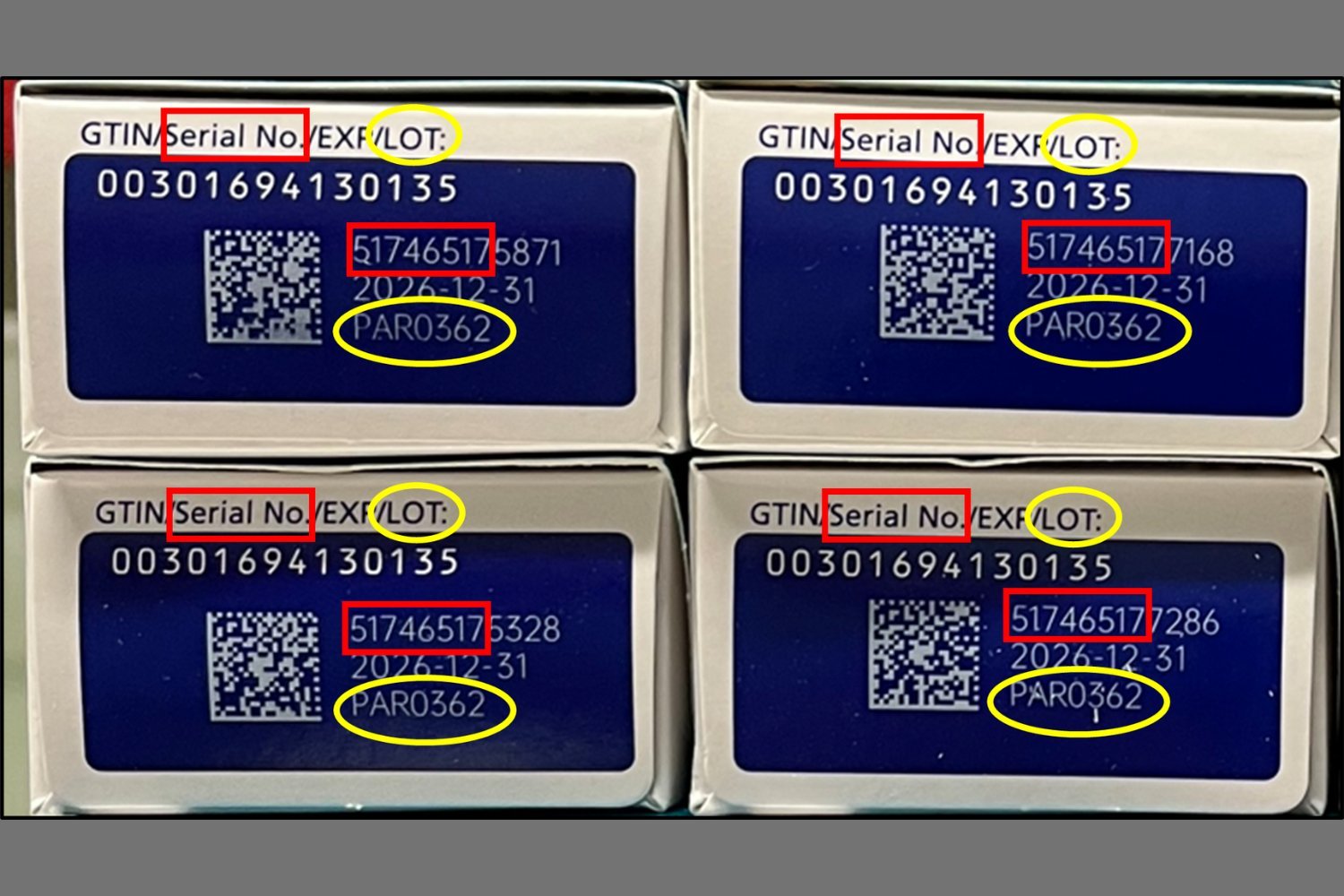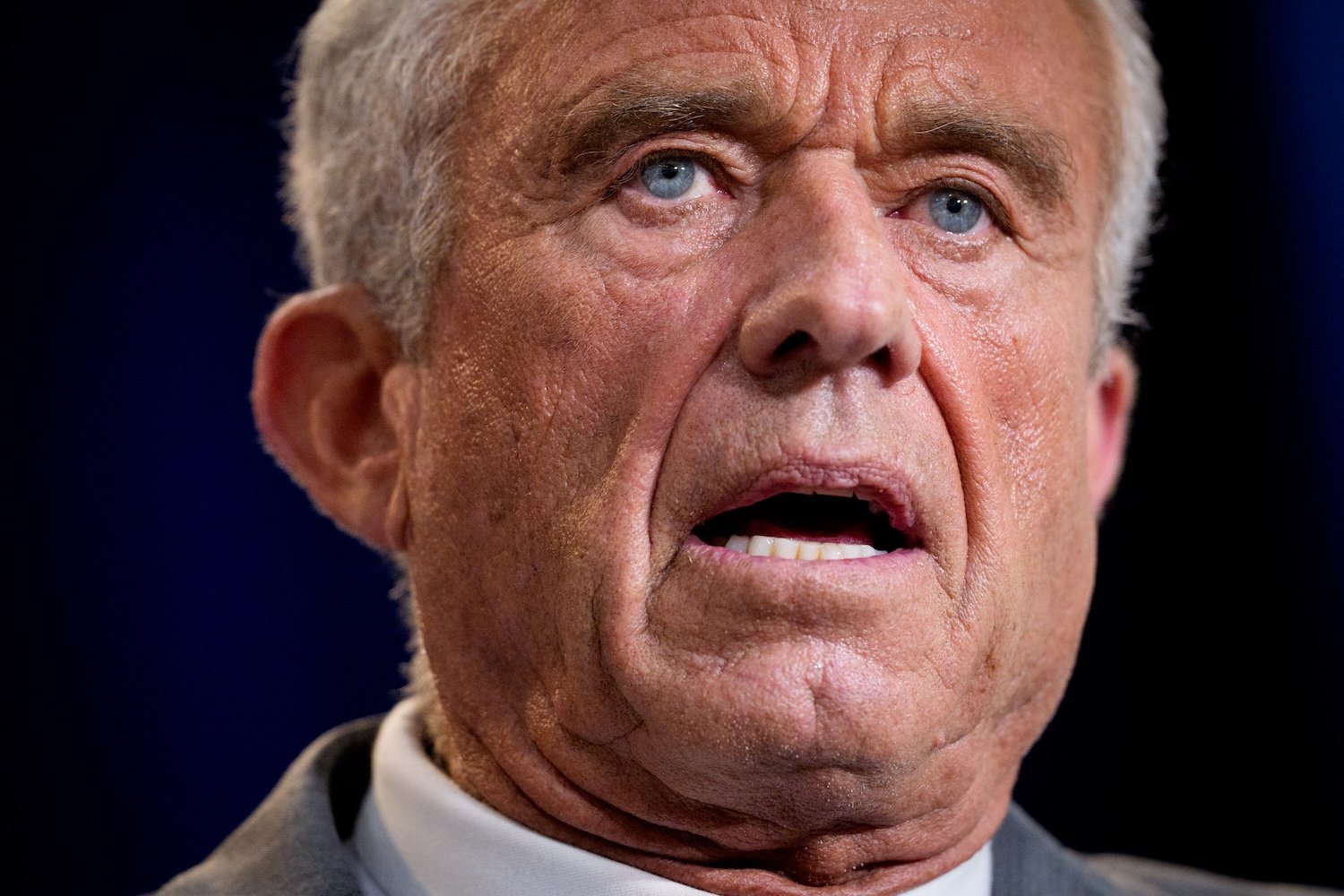The Trump administration recently announced an executive order aimed at lowering prescription drug prices for Americans. While the initiative addresses a critical issue, a closer examination reveals potential shortcomings and contradictions that could undermine its effectiveness.
The executive order centers around modifications to the Medicare Drug Pricing Negotiation Program, established during the Biden administration. This program empowers the government to negotiate prices for high-cost medications covered by Medicare. The program has already secured discounts on ten drugs in its first round of negotiations, with another 15 slated for price reductions in the ongoing second round. A key drug in this second round is semaglutide, the active ingredient in Ozempic, Rybelsus, and Wegovy, medications for type 2 diabetes and obesity. These drugs, often exceeding $1,000 per month without insurance, represent a significant financial burden for many patients. While the potential for price reductions on these medications is promising, any negotiated discounts won’t take effect until 2028.
Ironically, while touting drug price reductions, the Trump administration has simultaneously hindered access to these very medications for Medicare beneficiaries. The Biden administration had proposed expanding Medicare coverage for weight loss drugs, potentially benefiting millions of Americans. However, the Trump administration recently rescinded this proposal. While HHS Secretary Robert F. Kennedy has alluded to exploring alternative coverage options, his previous skepticism regarding the efficacy of these drugs raises concerns about the administration’s commitment to expanding access.
Further complicating the picture is the issue of the “pill penalty,” which dictates the timeframe before a drug becomes eligible for price negotiation. Currently, small molecule drugs (typically pills) face a seven-year delay (effectively nine years before price cuts are implemented), while biologics (injectable drugs) have an 11-year delay (13 years effectively). Trump’s executive order pledges to “align the treatment” of these two drug types. However, the order lacks specifics on how this alignment will be achieved. Concerns arise from current GOP-backed legislation, supported by the pharmaceutical industry, that proposes aligning the two categories by extending the exclusivity period for small molecule drugs, rather than shortening the period for biologics. This extension would significantly reduce the number of drugs eligible for negotiation, ultimately hindering cost savings and impacting patients.
A KFF analysis highlights the potential consequences of extending exclusivity periods. A four-year delay, for instance, would have excluded over half of the drugs currently included in the negotiation program, including semaglutide. Such an extension would translate into substantial lost savings for the government and increased costs for patients.
Senator Ron Wyden (D-Oregon) has criticized the executive order, arguing that it weakens drug pricing reform and benefits pharmaceutical companies at the expense of American seniors and families. He estimates a potential $10 billion windfall for drug companies due to the weakened negotiation power.
While the executive order includes some positive proposals, such as reducing insulin costs, facilitating drug importation by states, and expediting generic drug approvals, these initiatives are potentially undermined by other administrative actions. For example, significant staffing reductions at the FDA have already impacted the agency’s ability to process drug approvals. Furthermore, the administration’s consideration of tariffs on imported drugs raises concerns about increased costs and potential drug shortages, particularly for generics.
In conclusion, while the Trump administration’s executive order on drug pricing addresses a pressing issue, its ultimate impact remains uncertain. The potential for cost savings is tempered by contradictory policies and actions, raising questions about the administration’s genuine commitment to meaningfully lowering drug prices for Americans. A close monitoring of the implementation of this executive order and related legislative efforts is crucial to assess its true effect on drug affordability and accessibility.











